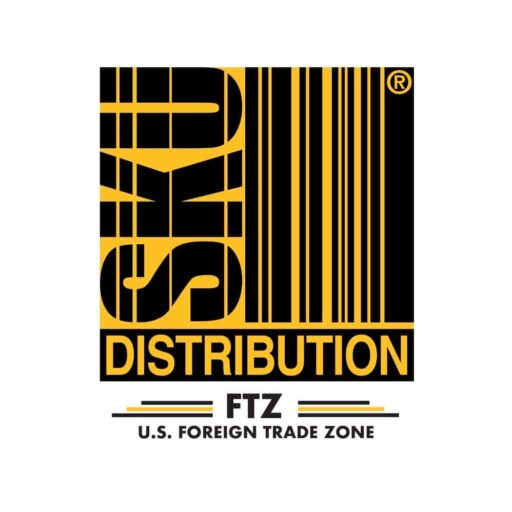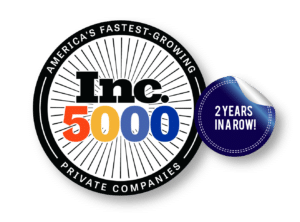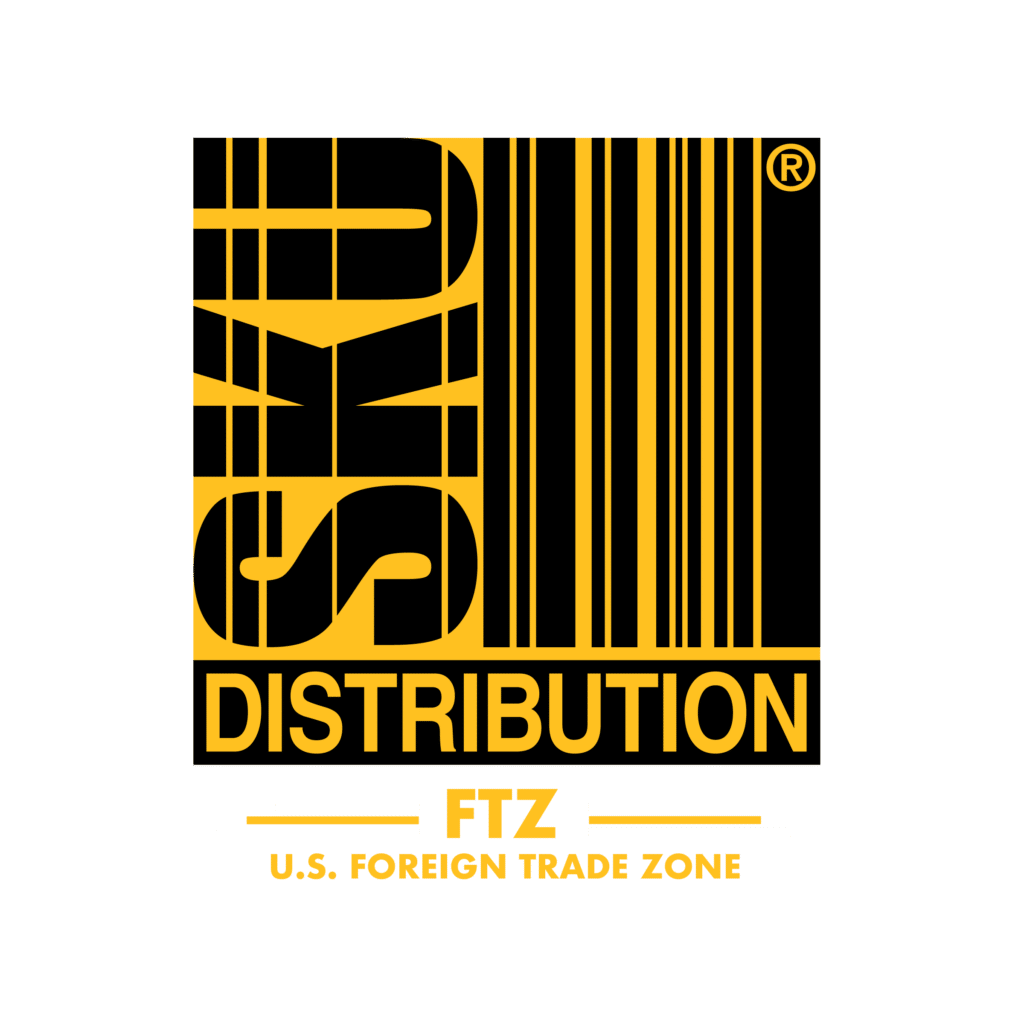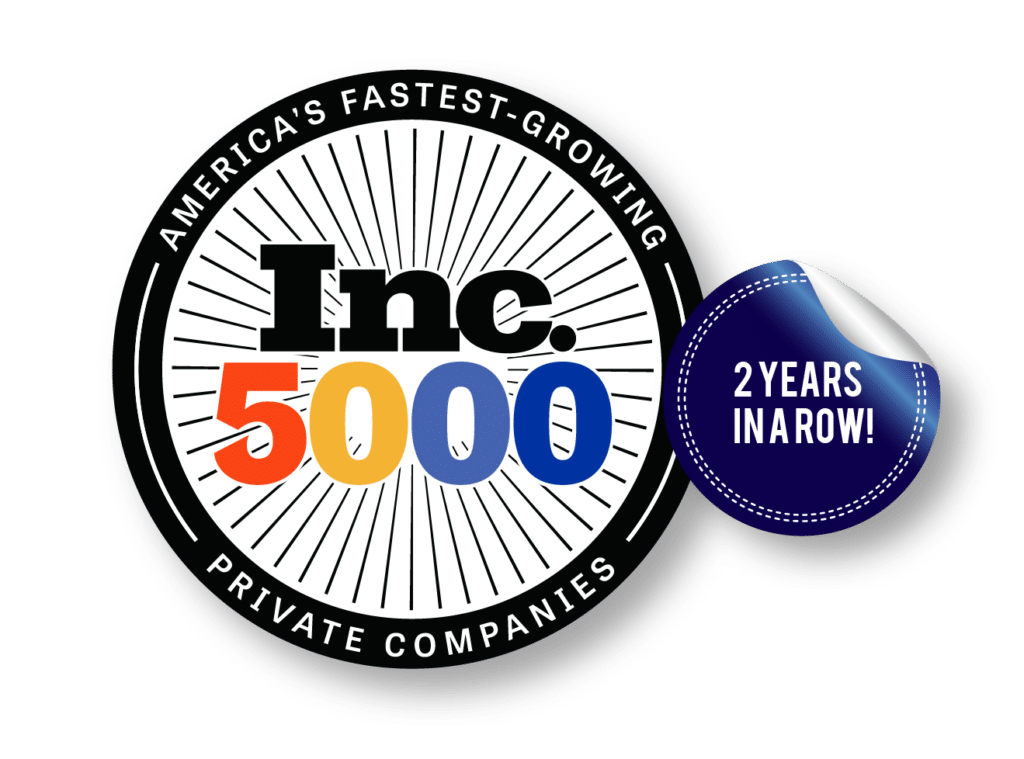Success in online retailing depends on several operational strategies coming together – chief among them is order fulfillment. The process from the point of sale to the time of delivery needs to run smoothly in order to fulfill a client order satisfactorily.
Considering that 95% of shopping will be e-commerce based by 2040, online retailers need to invest resources TODAY to get this step right.
Fast fulfillment makes customers happy and encourages them to stay loyal to your brand. For this to happen, a business needs to have designed a process and network that delivers even when faced with unexpected circumstances. Of course, to be able to succeed at order fulfillment, it’s imperative to know precisely what’s expected.
Here at SKU Distribution, we’ll help you with the logistics. With our order fulfillment and 3PL services, we will help you improve your bottom line by giving you the resources to streamline your distribution needs.
Related: THE ULTIMATE GUIDE TO E-COMMERCE SHIPPING
What is Order Fulfillment?
Order fulfillment defines the entire process from a customer’s sales inquiry to processing the sale, and finally, delivering to the customer. Typically, order fulfillment is carried out by a fulfillment service like SKU Distribution. This is a third-party company that processes the transaction and delivers the purchase to the customer on behalf of the online retailer.
The company already has the retailer’s inventory at their fulfillment center. For efficiency, sometimes the fulfillment company has connected its internal system to the retailer’s order management system or point of sale (POS). That means orders can be fulfilled without the fulfillment company’s client worrying at all.
Integrating with the Point of Sale makes it easier and faster for the fulfillment company to see the orders and jump on the fulfillment process, which is commonly referred to as pick, pack, and ship without needing the retailer to send the orders through.
In some cases, the fulfillment company and the retailer can’t integrate their systems. One can use a CSV (comma-separated values) file to send the order information. CSV files are universally recognized by POS systems, spreadsheet programs, order management tools, and ecommerce platforms. This method isn’t as convenient as the integration method, and it requires more manpower and hours to process the orders. The files are uploaded to the fulfillment company’s client portal or sent directly to a company representative, and orders need to be updated regularly.
Departments Involved in Order Fulfillment
Front office
The sale inquiry comes to the front office where the team answers questions about the product, and the customer feels confident about purchasing the product. Front office also handles the actual sale and places the order in the system by using the Point of Sale system. The front office department is on the retailer’s end.
Receiving department
This is the first department in the fulfillment order company to participate in any fulfillment order strategy. They receive inventory from the retailer and label it or tag it appropriately. They also maintain and manage the inventory for the goods from the retailer, letting them know if any products arrived damaged or are missing. This department also gives the retailer reports on how their merchandise is moving, showing the highest and lowest selling items.
Storage department
The storage department takes care of safely holding the inventory either close by or in the larger warehouse.
They work closely with the receiving department to keep the inventory balance. By maintaining a highly organized inventory system and having easy access to stored items, they eliminate inaccuracies and delays by streamlining operations and keeping records.
Related: Warehouse Management 101: The Ultimate Beginners Guide
Processing department
The processing department handles all the information about the order when it comes in. They determine how it’ll be moved in accordance with the client requests and the retailer’s timeline. This department is vital in fulfilling the terms of the order once it reaches the fulfillment company.
Picking and packing departments
These two departments are extremely intertwined. The picking department gets the item from storage and sends it over to packing, where it’s packaged appropriately. Some of the products have to be packed according to freight rules and regulations. Because of the volume of packages that need to be picked and packed, it isn’t unusual to have robots and other AI involved in the process. This helps reduce easily made human errors that result in unhappy customers at the end of the supply chain.
Shipping
This section of the fulfillment order doesn’t fall on the fulfillment company, so a retailer must choose the best shipping company to avoid undoing all the hard and timely work achieved by the fulfillment company. The shipping method should be reliable and have a tracking method that allows the fulfillment company, retailer, and the customers to keep tabs on the purchase.
Returns department
The returns department at the fulfillment company is a crucial arm of a successful fulfillment process. They ensure any returns come back as safely as they left and report back to the retailer on the state of the returned item. This report helps the retailer with the process of working through the contentious issue surrounding the return with the customer. A fulfillment order strategy can’t be complete without a returns department.
All the departments need to get their tasks right for a fulfillment order to be successfully implemented and build brand loyalty for the retailer.
Order fulfillment methods
There are three popular types of order fulfillment methods.
In-house order fulfillment
This fulfillment order is also known as a self-fulfillment order or merchant fulfillment, and it’s accomplished in-house. No third party is involved in any of the processes from sales to shipping/transportation and even returns.
In-house fulfillment is common with online retailers that are starting out in the business because it mitigates costs. In most cases, the business is operated from home, and inventory is stored and packed from someone’s house.
Advantages of In House Order Fulfillment
- It’s a low-cost option to fulfill an order.
- It has few people in the supply chain
Disadvantages of In House Order Fulfillment
- There is a higher likelihood of errors and inaccuracies in fulfilling orders, especially when the volume of orders is high.
- Costs might be more expensive if a business needs to acquire shipping materials and install databases for fulfillment.
- It creates disorganization within operations.
If one is still interested in maintaining in-house order fulfillment even as their business expands, they should expand operations and infrastructure to include warehouses, equipment, and labor.
Find out how to minimize operational costs with SKU Distribution.
Dropshipping
Dropshipping has become a very popular option for many online retailers. There is no cost for inventory since the manufacturing company holds all the inventory until the retailer needs to fulfill an order. It remains an attractive option for business owners starting out with little to no capital for inventory.
Advantages
- Little to no capital needed for inventory
- The hands-off approach allows one to concentrate on business expansion
- No overhead charges for the retailer
Disadvantages
- Shipping can take longer because inventory isn’t local
- More expensive rates for shipping
- Retailers have little control over the process
Third-party order fulfillment (3PL)
This entails completely handing over the pick, pack, and ship process to a third party company. Fulfillment centers are staffed with experienced people, tools, and technology to complete order fulfillments to the satisfaction of the client and retailer.
Advantages
- Professionals handle the process
- Fulfillment companies generate useful reports regarding inventory
- Excellent storage facilities closer to the retailer and customer
Disadvantages
- Communicating with a third party is necessary
How to Guarantee a Smooth Fulfillment Order
Ascertain volume
Volumes determine the best fulfillment order method to use that is competitive yet cost-effective. Low volume calls for in-house order fulfillment because it’s cheap and easy to control for a limited number of customers. High volumes require more sophisticated processes and a more proficient fulfillment order process, so using a third party fulfillment company is justified.
Use technology
Human expertise is mandatory to ensure a highly efficient fulfillment system, but technology takes that efficiency to another level. And because there are multiple channels and departments involved in order fulfillment, it is crucial to use the latest technology to keep the process smooth.
Order fulfillment software streamlines processes. Combined with various systems integration on the retailer’s end, one has a guaranteed efficient system and network that features minor to no errors.
Most software integrates with ecommerce platforms like Magento, BigCommerce, or Shopify, among others. SKU Distribution integrates with over 60 platforms, including Amazon, Shopify, Ebay, and Paypal.
Understand shipping zones
For international retailers that are shipping to various parts of the world, understanding shipping zones helps one comprehend the cost and efficiency of delivery and manage the customer’s expectations. Shipping zones represent the geographic areas that shipping carriers use to measure the distance the package will travel before reaching its destination. In the United States, there are eight shipping zones, and each has a corresponding mile radius distance from the point of the package’s origin.
If the package is traveling locally, the shorter distance warrants using road or air freight instead of utilizing shipping services.
Inventory accuracy
Inaccuracies in inventory reports can result in being unable to fulfill customer orders that have already been confirmed. This is a sure way to lose brand loyalty. The retailer needs to make sure their inventory is in place at the fulfillment center and in adequate quantities to fulfill orders.
Another common problem is having items out of stock for long periods. Customers tend to look for other vendors who can fulfill their orders meaning the retailer is losing customers, and getting them back is another hurdle.
To prevent such issues from occurring, implement a notification system that alerts the concerned person when there is a dip in product numbers in storage. This can be a real-time inventory management system that ensures the inventory is organized, and the internal systems have the correct numbers.
Finally, the retailer must ensure the system doesn’t allow customers to buy out of stock items. This ensures that the inventory system is decluttered and there are no dissatisfied customers.
Integrate systems with suppliers
Online retailers are served well by using integrated systems not just with the fulfillment company but also with suppliers. The suppliers can see the state of the retailer’s inventory and replenish as required or make plans to have stock in advance. It’s a good idea to have one main supplier company integrated into the system and two more as backups but not integrated. In case the main supplier is experiencing delays or holdups, the second company can fill in.
Perhaps the best part of integration is that it prevents errors and inaccuracies that result in disgruntled customers. Most importantly, low inventory never creeps up on an operation.
Implement supply chain visibility
By implementing supply chain visibility, one can see the progress of a package by tracking it through all the shipment processes. It also allows one to see the flaws in their entire supply chain that may be hurting their operations. Once the weakest links in the chain are identified, they can be rectified for a smooth-running operation.
Automate the warehouse
Using smart warehouse systems that feature interconnected technologies to improve efficiency and eliminate human error ensures that the order fulfillment process is faster than before. Plus, it makes the tedious tasks that are time-consuming for staff members faster to accomplish. Using AI (artificial intelligence) in smart warehousing increases productivity in the pick and pack departments. It also makes it easier to have efficient and clear communication between departments and workers for smooth running operations.
Smart warehousing allows one to achieve their targets as required. And now that there are projections of fully automated warehouses by 2030, there will be no room for human error mistakes in the ecommerce world.
–
The future of order fulfillment is looking more and more efficient with the use of tireless robots, radio-frequencies identification, and even better warehouse management systems. While other areas of technology often see cycles and plateaus, delivery continues to improve at a linear rate – so long as adoption matches the cutting edge, any modern supply chain will continuously increase in efficiency.
Overall this efficiency results in lowered costs, better sales, and brand loyalty. But as the journey continues, finding ways to keep order fulfillment streamlined will improve a healthy supply chain and guarantee a profitable long-term operation.
Contact us at SKU Distribution to get started with our streamlined distribution services.
Related: How Are SKUs Used in eCommerce





